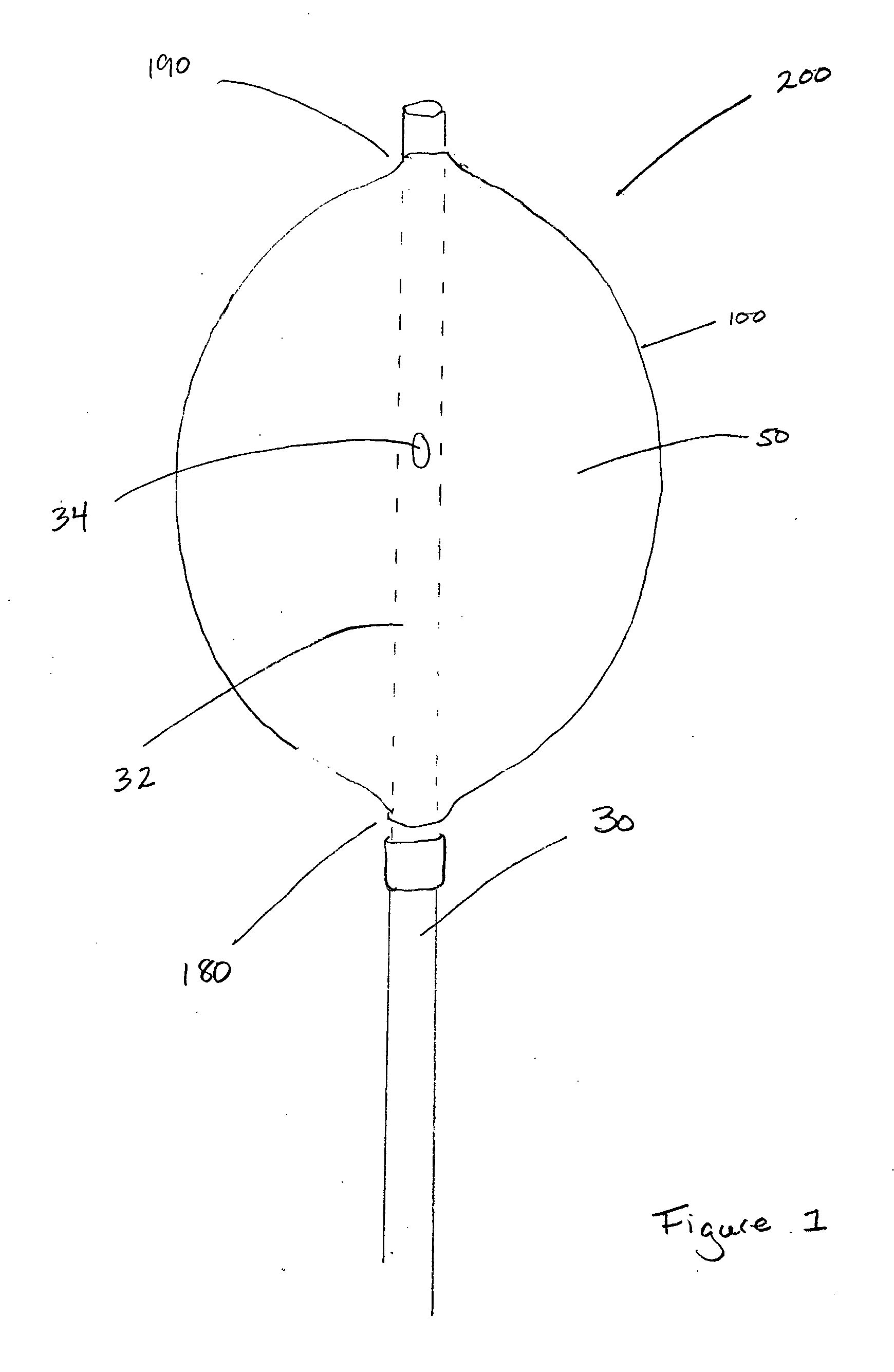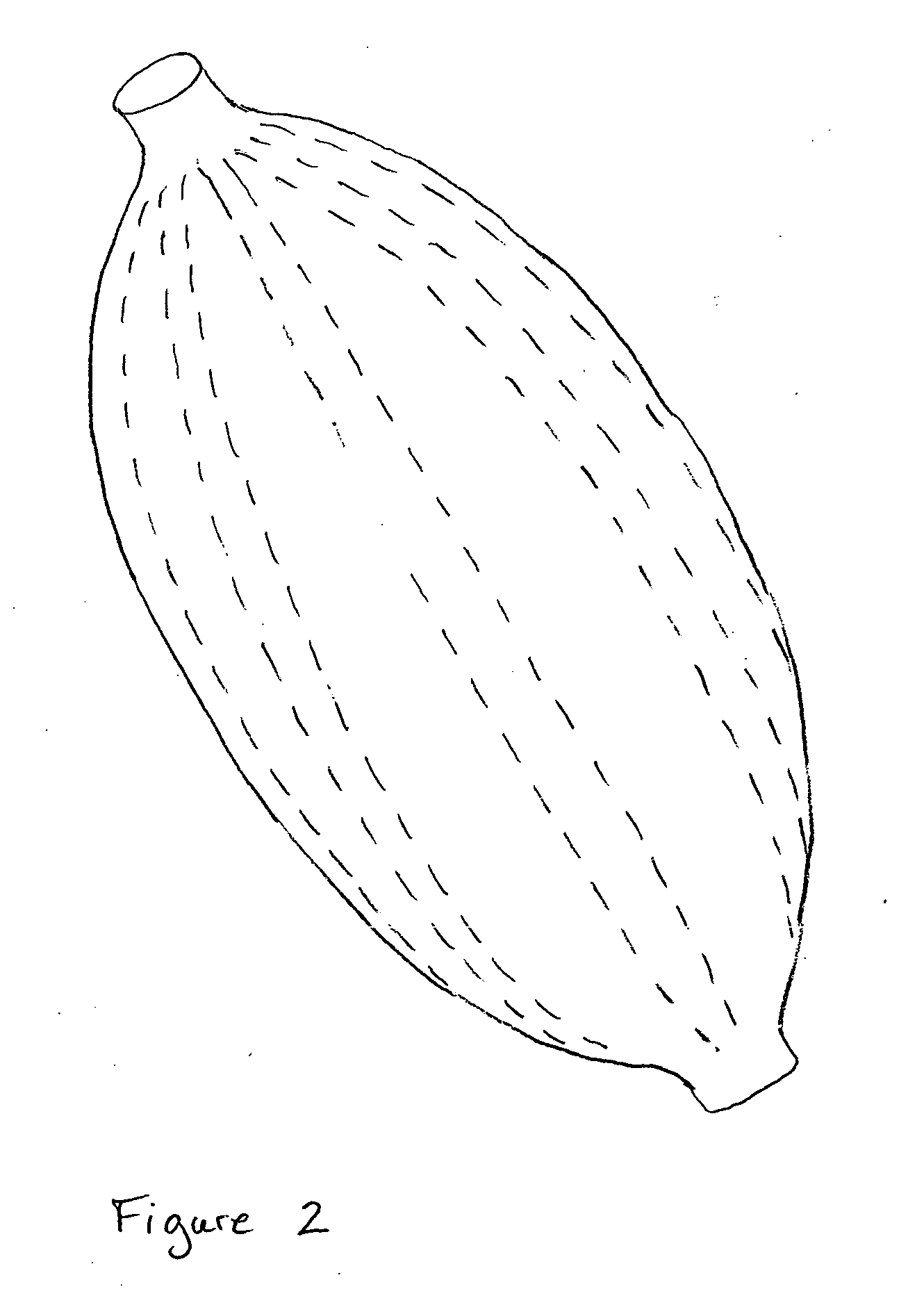Pelvic balloon tamponade
a technology of balloon tamponade and pelvis, which is applied in the field of medicine, can solve the problems of difficult to determine whether the hemorrhage has been effectively managed by the pelvis pack, the product is not commercially available, and the management of abdominal and pelvic hemorrhage is limited to more rigorous, so as to prevent hemorrhage and limit the severity of hemorrhage
- Summary
- Abstract
- Description
- Claims
- Application Information
AI Technical Summary
Benefits of technology
Problems solved by technology
Method used
Image
Examples
Embodiment Construction
[0029]The following description includes a description of the best mode or modes of the invention as presently known. The descriptions are not intended to in any way limit the invention and are examples given only for illustration, so that by reference to the accompanying drawings one skilled in the art may appreciate the features, aspects, and advantages of the invention.
[0030]The present invention for controlling hemorrhage in a pelvic or abdominal cavity of a subject comprises an expansible material (e.g., a balloon) that is implanted in the body cavity and, when inflated by a fluid medium, generally conforms to the shape of the body cavity, exerting a compressive force against at least one wall, surface, structure or site (e.g., a bone, a blood vessel, an organ or a tissue) to control hemorrhage from the body cavity. The various embodiments of the apparatus disclosed herein are sometimes referred to herein as a “balloon tamponade” and / or “balloon apparatus.”
[0031]When used herei...
PUM
 Login to View More
Login to View More Abstract
Description
Claims
Application Information
 Login to View More
Login to View More - R&D
- Intellectual Property
- Life Sciences
- Materials
- Tech Scout
- Unparalleled Data Quality
- Higher Quality Content
- 60% Fewer Hallucinations
Browse by: Latest US Patents, China's latest patents, Technical Efficacy Thesaurus, Application Domain, Technology Topic, Popular Technical Reports.
© 2025 PatSnap. All rights reserved.Legal|Privacy policy|Modern Slavery Act Transparency Statement|Sitemap|About US| Contact US: help@patsnap.com



